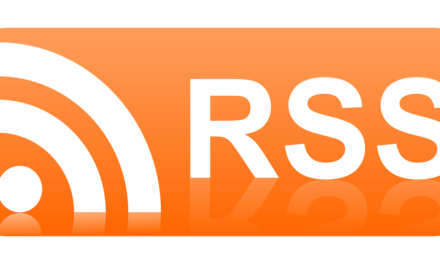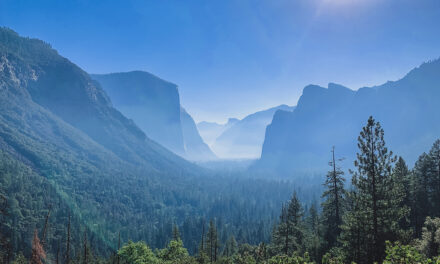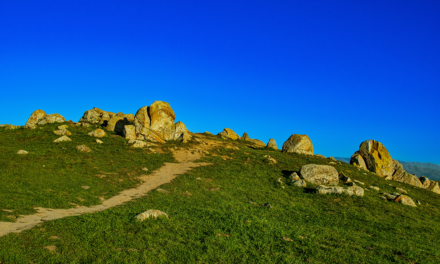Q. What is mushing?
A. Mushing is just the general word used for dog powered sports or transportation methods. This includes, carting, pulka, scootering, dog sled racing, weight pulling, skijoring, bikejoring, freighting, and canicross. The word mush is from the French word of marche, which means go. Mush! is rarely used anymore, as some mushers feel it is to soft a word to get the team going. Nowadays, the command Hike!, is more common.
Q. How many dogs are in a dog sledding team?
A. Any amount. It all depends on what the musher is doing, and how many dogs he or she has. On the Iditarod, the max amount of dogs is 16. For other races, the limit of dogs is 1. Like I said, it just all depends on the race, and the musher. There isn’t a certain amount of dogs needed to pull a sled, as long as the amount of dogs in the team are sufficient enough to pull the sled. As a general rule of thumb, just to show you how strong sled dogs are, one Siberian husky can pull a rig with a musher all by itself! Don’t ever try to outrun a husky, you won’t win.
Q. What is a rig?
A. A rig is a vehicle that is used for running a dog sled team on snow less ground. It is usually a three wheeled homemade contraption made with welded pipes. Rigs are also referred to as chassis, or carts. For larger teams, say maybe 10 dogs, some mushers use an ATV as their rig. Sometimes, a car without the engine is used. This allows the musher more control over the team, because if a 10 dog team were pulling a 100lb rig, then the musher would be drug on his face the entire time. This just goes to show how much power sled dogs really have.
Q. How do mushers steer their sled?
A. To steer a sled, mushers use commands to tell their lead dogs which way to go. The most common words to command a team are, Gee!=Right, Haw!=Left, Whoa!=Stop, and Hike!=Go. There are also more advanced commands like, On By!, which will tell the team to pass on by a split in the trail, or to pass another dog sled team. To actually steer the sled itself, the musher must learn to lean the sled to follow the path that the dogs are traveling.
Q. What is a lead dog?
A. Well, there are more dogs then just lead dogs in a team. First of all, the lead dog or dogs, are the dogs that are at the very front of the team. These dogs are the dogs that take the commands of the musher, and lead the team whichever way the musher wants them to go. There are either two lead dogs, or one lead dog. Behind the lead dogs are the point dogs. They aid the lead dogs in turning the whole team. Any extra dogs behind the point dogs are team dogs. These are the dogs that give the back bone to the team. They pull and pull, and give strength as well. The dogs right in front of the sled are the wheel dogs. These dogs are the brawns of the team. They also absorb most of the impact that the sled gives off. The wheel dogs must also learn to pull the sled far enough out in corners, so the musher and sled aren’t clipped by trees on a tight turn. No cutting corners! All of the dogs work together, and when they are working in unison, it’s a magnificent site to see.
Q. What holds the team together?
A. The team is held together by what is called the gangline. The gangline refers to all of the rigging and lines it takes to hold the team together, and to the team. First of all, the line that runs directly down the entire length of the gangline, is the tow line. This line connects all of the lines together, and it takes the most strain, as the entire team is pulling on this rope. Second, there are the tug lines. These are the lines that connect each individual dog to the tow line. Third, are the necklines. These are the lines that connect the collars of the dogs, to the tow line. This keeps the dogs in line, and keeps them from getting tangled. Some teams, when they are fully trained, will run without necklines. This is a great system to hitch up your dogs, but some teams are actually hitched up in a fan hitch style. This is mostly used by the native Indians on the open tundra and sea ice. It disperses there weight on ice, and it allows a great pulling power. This style of hitching doesn’t work though where there are narrow trails and trees.
Q. What type of dogs are used on a dog sled team?
A. In short, the answer to this is, all sorts of dogs! Nowadays, many mushers are using Alaskan Huskies. These are a type of dog that have husky, hound, border collie, and many other breeds of dogs bred into them. They have become some of the fastest dogs in dog sledding, and have become one of the standards in mushing. Mushers also run pure Siberian Huskies, Alaskan Malamutes, and Samoyeds. Siberian Huskies are a light dog that can pull a light load over a moderately long distance. Alaskan Malamutes are better at pulling heavy loads, because of their strength and muscle mass. In dog sledding, it doesn’t matter if the dog looks pretty, or that it’s a show dog, it just matters if it loves to pull!
Q. Don’t non-arctic dogs get cold when they dog sled?
A. The dogs that don’t have a thick down undercoat are given coats of their own to wear at checkpoints. When a dog is running, it is creating a lot of heat for itself. Even if a dog doesn’t have a large amount of fur, it will stay warm when running. Just think, do you run with a parka on? Manufacturers also make diaper type coverings that protect a dogs going area. Booties are also used to keep snow/ice out of dogs feet, which can sometimes be irritating. As you can see, sled dogs are treated with the ultimate care, and as most mushers will say, they believe sled dogs are taken care of better than the average house pet.





